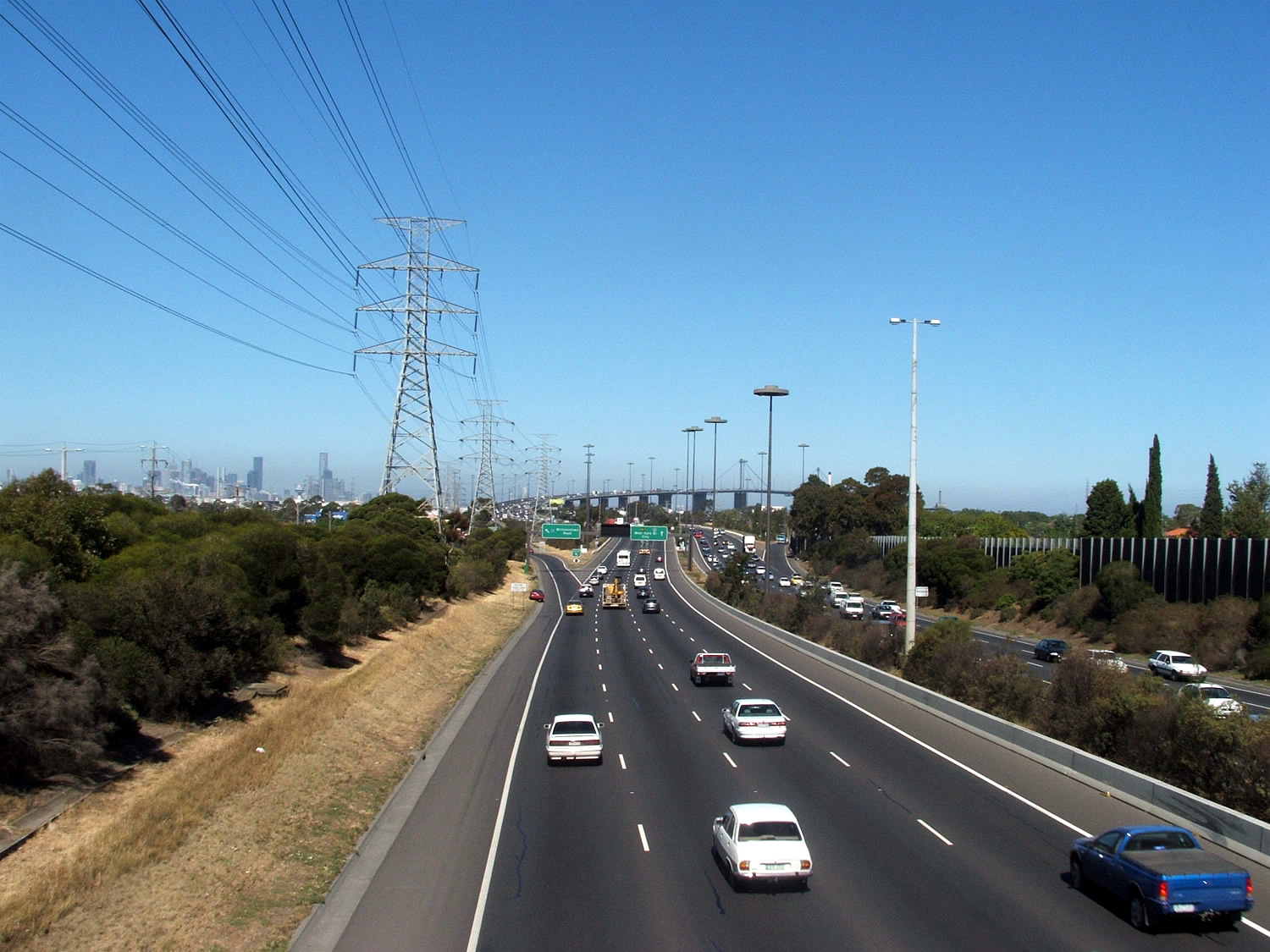West Gate Tunnel Project: Building the portals

More than 200,000 vehicles, including a majority of Melbourne’s commercial traffic, travel on the West Gate Freeway each day. The West Gate Tunnel is aiming to provide an alternative to the West Gate Bridge for people travelling to Melbourne from the western suburbs and reduce large vehicle traffic congesting suburban streets.
The westbound exit portal is in Altona North, just to the south side of the existing freeway and it’s where the outbound tunnel will re-surface and cars will join the surface freeway. This is where Premier Crane’s 350-tonne crawler was stationed for nine months to assist the crew with the heavy lifts to help build the portal’s entrance.
West Gate Tunnel Project contractors CPBJH JV and their lifting partner, Premier Cranes and Rigging, look at the challenges in shaping the tunnels’ entry and exit portals.
With the scope of the project involving a combination of precast installations and in-situ structures erected next to the busiest freeway in Melbourne, and with the excavation level more than 30 metres below the freeway, there were various intricacies involved in the project.
The start and end of each tunnel is being built using the ‘cut and cover’ method. This involves excavating a trench and then covering it with a concrete deck to form a roof. The cut and cover structure for the southern portal is formed in three levels. The deepest end of the portal is where the tunnel boring machine (TBM) will be dismantled and retrieved after reaching the finish line. The main carriage way or the road level is built above this level, with two more levels constructed above the road level to house the tunnel’s ventilators.
